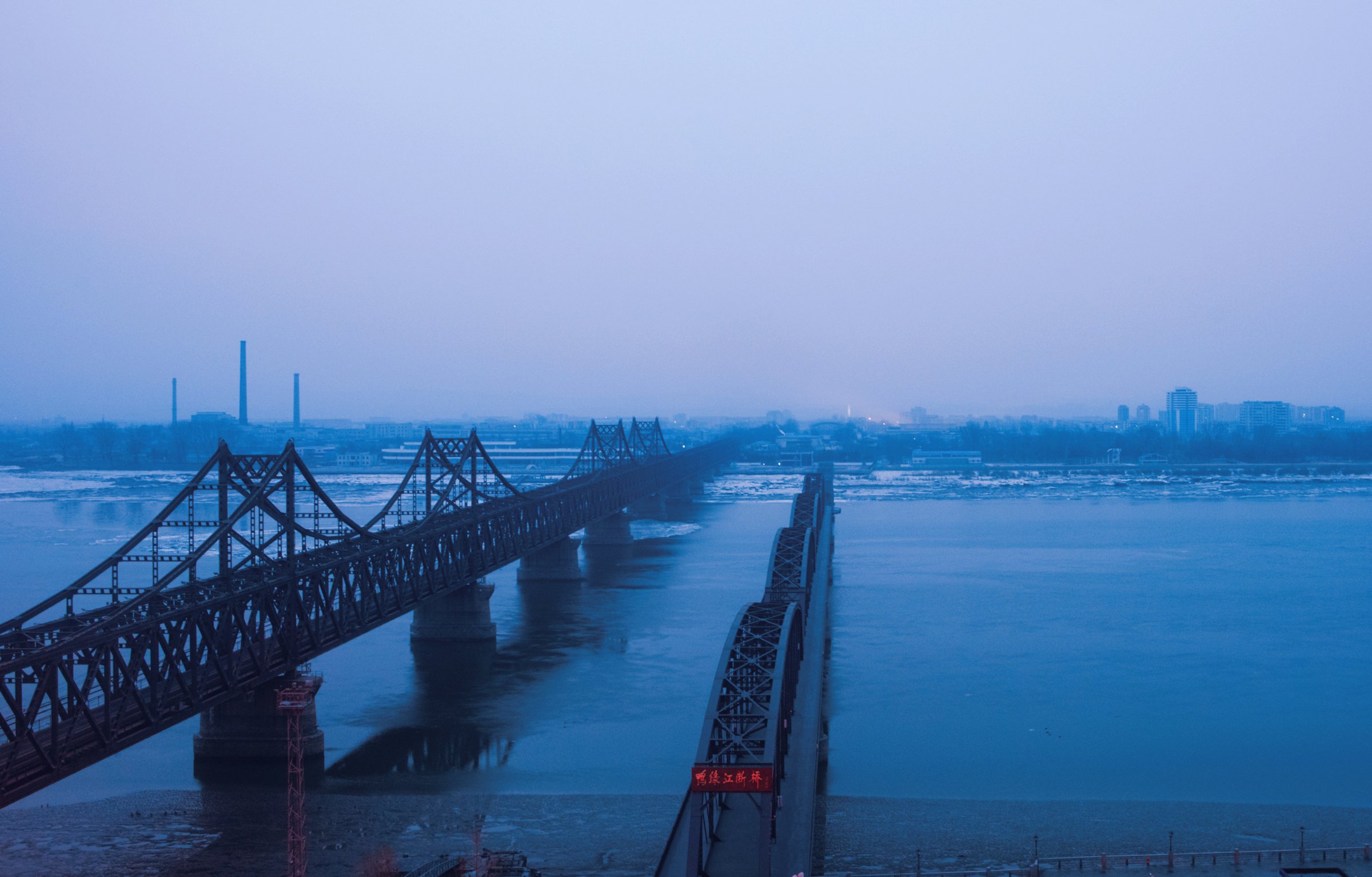
The spindly legs of half-a-dozen dried frogs are tied together in a knot. Sharing the apothecary’s shelf are small bottles of the derivative “frog oil”—a traditional Chinese remedy collected from the females’ egg sacks. “It’s very good for blood circulation,” says the shopkeeper in China’s northeastern city of Dandong, accenting his sales pitch with an upward clenched fist to convey potency. “But the sanctions have hit my business hard. Before I could easily get 50 kg of frog oil; now, only 5 kg.”
Perched on China’s riverine frontier with North Korea, Dandong is awash with the exotic. The entrepôt of 2.5 million is famed for North Korean contraband such as blueberry liquor, cigarettes and medicinal sea cucumbers—plus frog oil, which fetches $450 per kilo. However, China signed up to unprecedented U.N. economic sanctions in March, following Pyongyang’s fourth nuclear test. The daily convoys of sooty trucks that rumble over Dandong’s iron bridge—bringing coal, minerals and assorted oddities from the secretive Stalinist state—have slowed to a trickle. Chinese President Xi Jinping said he and U.S. President Barack Obama have a “responsibility to work together” to enforce North Korean denuclearization.
This has hit the pockets not just of Chinese purveyors of frog oil, but of the regime of North Korean “Supreme Leader” Kim Jong Un. China is North Korea’s only friend, accounting for 90% of trade, most of which passes through Dandong. The falling price of coal—North Korea’s main earner, comprising more than half of its exports and worth $1 billion last year—has already dented foreign currency earnings. Now only 20 to 50 trucks cross Dandong’s bridge each day instead of the more than 100 that did so previously, while North Korean ships can no longer freely dock at Chinese ports. Supplies of steel also have component elements thoroughly checked to ensure their purpose is not military.
“North Korea still wants to buy and sell a lot of goods, but because of the sanctions the cash flow of North Korean companies is limited, meaning their buying power is weak,” says one Dandong trader, using the alias Wu.
Beijing has lost patience
The Korean peninsula is a perennial headache for the international community. Pyongyang routinely threatens to turn South Korean and U.S. cities into “seas of fire,” and, in recent years, has sunk a South Korean naval ship, shelled South Korean islands and routinely fired test missiles. Attempts to coax better behavior with aid have ended in dismal failure. Since the suspension of the tortuously ineffective six-party denuclearization talks in 2009, Pyongyang’s ostracization has deepened. It is now the ultimate pariah state—a belligerent one at that—which inflicts crimes against humanity on its own citizens, according to the U.N. “Both internally and externally, North Korea always resolves any kind of political dispute through violence or the threat of violence,” says Daniel Pinkston, an East Asia expert at Troy University in Seoul.
Efforts to rein in the Kim regime are stillborn without China’s assent. Beijing remains the only government of note still ostensibly on friendly terms with North Korea. Yet early hopes that Kim Jong Un would adopt a more conciliatory approach than his father Kim Jong Il and grandfather Kim Il Sung have been dashed. The regime’s paranoia is galvanized by Beijing’s ever-closer relationship with Seoul. Xi Jinping has met South Korean President Park Geun-hye more than half-a-dozen times, but the Chinese leader still has not met Kim Jong Un. Alarmed at Beijing’s rapprochement with its arch rival across the DMZ, Pyongyang has reapplied itself to the development of nuclear capability with new urgency.
Its behavior has become a big problem for China, however. Pyongyang’s apocalyptic rhetoric only reinforces calls for South Korea to develop its own nuclear deterrent. It also spurred the July 7 announcement that South Korea would host the U.S. Terminal High Altitude Area Defense (THAAD) system, designed to protect the U.S. and its allies against North Korean missiles.
The deployment of a U.S missile system so close to Chinese soil is a security concern for Beijing as tensions with Washington heat up over disputed territory in the South China Sea. Chinese President Xi Jinping and Russian President Vladimir Putin released a joint statement saying THAAD severely infringed “upon the strategic security interests of countries in the region,” and decrying the U.S. for “threatening the use of force in international affairs.”
“China believes the development of THAAD puts its hegemony at risk.” says Cheong Seong-chang, senior fellow at the Sejong Institute, a Seoul think-tank.
See the Monumental Extravagance of North Korea's Architecture

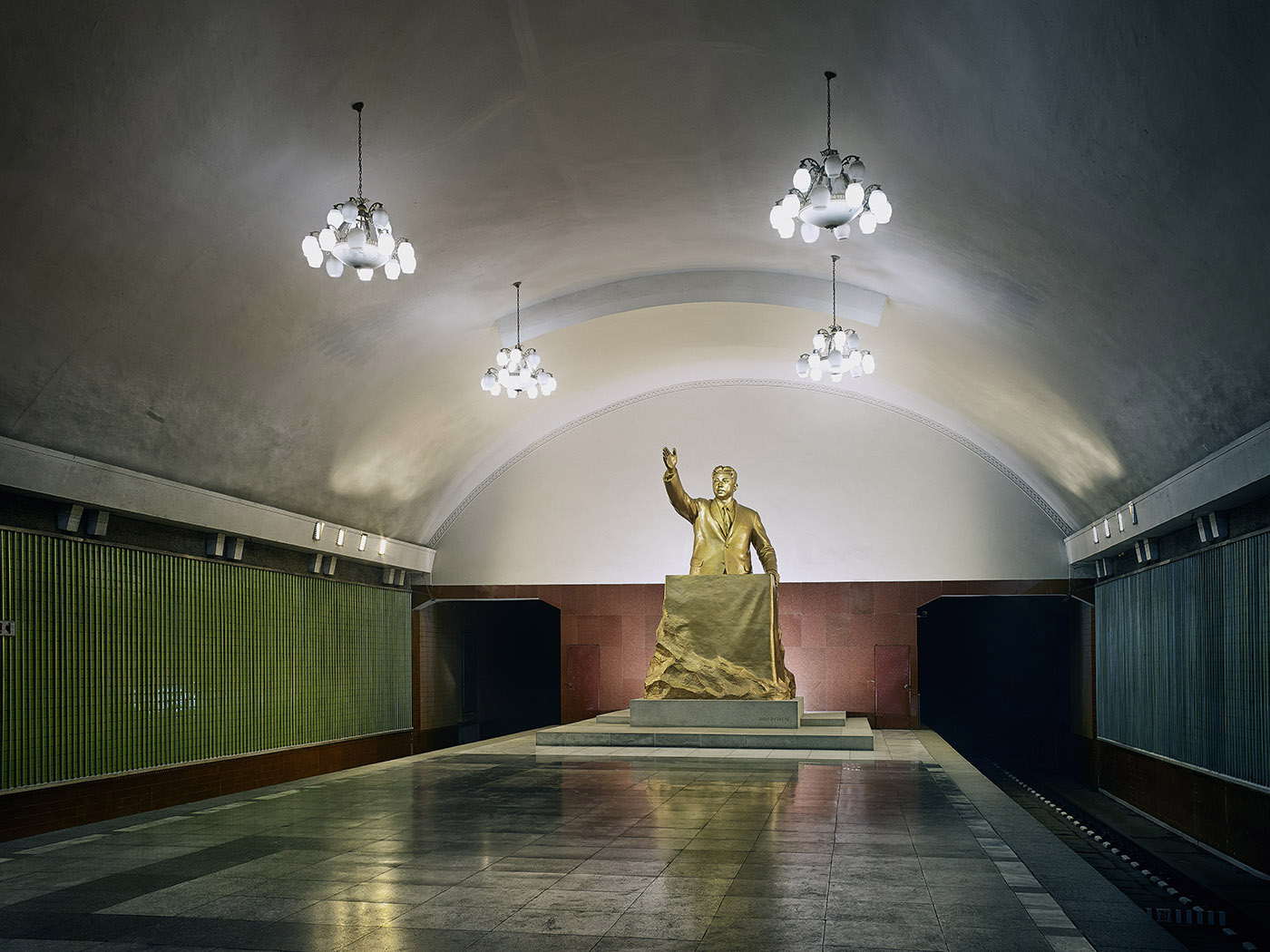




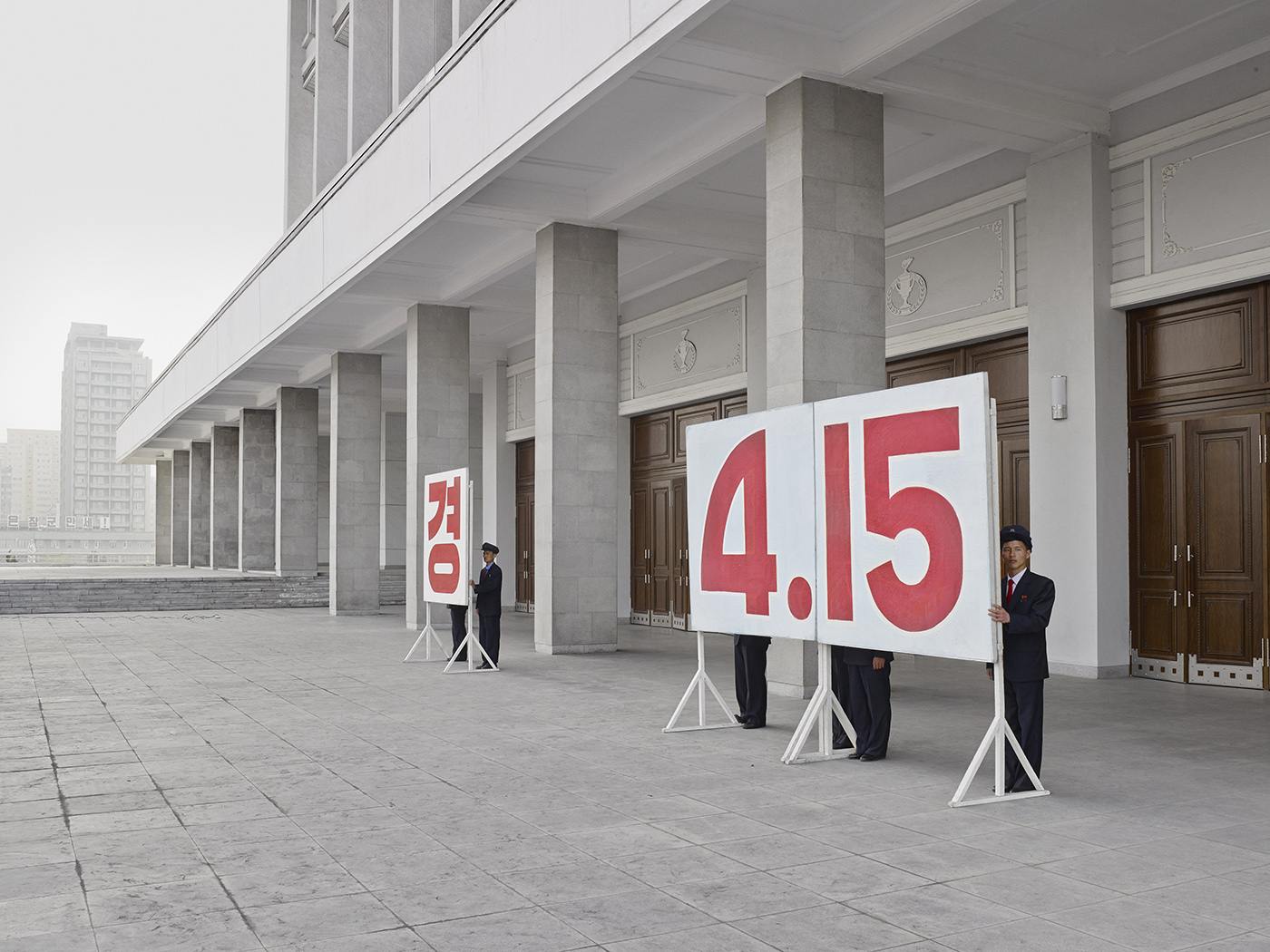

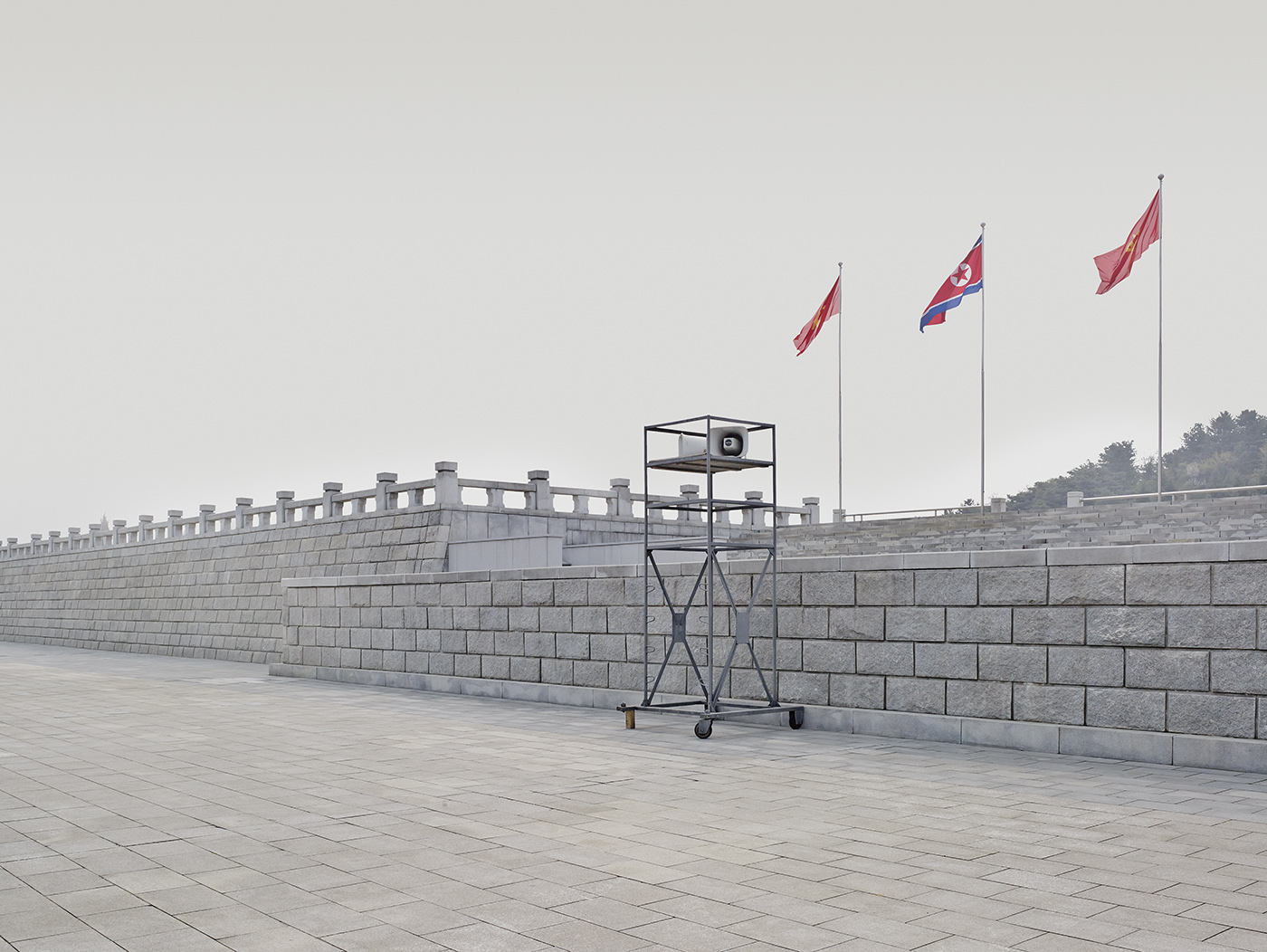
There is also a risk for Western powers is that, in retaliation for THAAD, Beijing will loosen the sanctions it has imposed on Pyongyang. Chinese military representatives reportedly visited North Korea July 27 to mark Korean War Victory Day. But it will take more than this modest olive branch to repair the relationship.
It’s not just that Xi and Kim have yet to meet. There’s a whole host of incidents illustrating the lack of trust between Beijing and its onetime protege. There was no Chinese representative at North Korea’s once-in-a-generation Worker’s Party Congress in May, for instance, when Kim Jong Un assumed the role of party chairman—the same rank as his illustrious grandfather, and higher than his father, who was only secretary-general. When North Korea’s Moranbong pop group visited China in December, the all-girl ensemble was quickly sent home owing to their provocative lyrics, which described the U.S. as an “ambitious wolf,” thus embarrassing their hosts. In late April, a Chinese-Korean pastor living by the border north of Dandong was found hacked to death. North Korean agents operating in China are presumed to have killed him because of his efforts to help North Korean refugees. “Behind closed doors the Chinese will be livid about this,” says Pinkston. “It’s a huge slap in the face.”
It wasn’t always this way. Mao Zedong famously described China and North Korea “as close as lips and teeth,” and the Great Helmsman’s only son died fighting in the Korean War. But North Korea’s founding father Kim Il Sung’s guiding principle of juche, or patriotic self-reliance, meant that his nation would never be anyone’s puppet. The “Ever-Victorious Generalissimo” was, in fact, a masterful puppeteer, playing his Chinese and Soviet benefactors off each other.
The fall of the Soviet Union meant that China got North Korea all to itself, and it has continued to support Pyongyang for two reasons: To Beijing, the alternative of a united Korean peninsula that is a staunch U.S. ally, allowing Washington to station troops at the Chinese border, would be a defense catastrophe. Secondly, the collapse of the Kim regime would send an alarming flood of millions of refugees across the shared frontier.
North Korea’s race to develop a nuclear weapon has prompted Beijing to turn the screws on its wayward neighbor, however. Sipping fruit tea in a Dandong café, Wang, the alias of a Pyongyang-born Chinese trader who speaks to TIME on condition of anonymity, describes how his business importing North Korean coal and minerals and exporting building materials has been eviscerated by the sanctions. “North Korean traders don’t have cash anymore,” he says. “I have to limit the amount of goods I sell to them on credit as the risk of default is so high.”
Cash transfer services are flourishing due to a loosening of controls, with North Korean defectors in South Korea, numbering some 27,000, sending a steady stream of remittances back home—a huge boon to the people and economy. But there is no substantial bilateral trade. Just 10 km from Dandong, a new $350-million suspension bridge spans the Yalu River, with a freshly sealed road flanked by gleaming traffic markings. An entire free-trade zone of shops, warehouses and a pastel forest of 20-storey apartment buildings has been built on the Chinese side. Yet for the most part these lie empty. The North Koreans have done nothing on their side of the river—no customs buildings, duty free shops, offices—and the bridge’s glistening tarmac plunges abruptly into fallow cornfields.
“They built this zone for cross-border trade, but there is so little that only local businesses occupy the lots,” says Su Li, owner of a furniture warehouse in the trade zone.
“Their life is like a frog living in a well”
Pyongyang’s isolationism means that it has to devise other ways to bring in foreign capital. Supplies of narcotics, particularly crystal meth, and counterfeit pharmaceuticals and currency, continue to be smuggled into China. Yu Dong-yeol, director of the Korea Institute of Liberal Democracy in Seoul, told a defense security conference on July 7 that Pyongyang runs a network of 6,800 professional hackers, engaged in fraud and blackmail, and an online gambling ring, that together generate annual revenue of $860 million. The 2014 hack of Sony Pictures, in response to the satirical Hollywood film The Interview, which lampoons the Kim clan, demonstrates Pyongyang’s surprising technological prowess.
The regime is also dispatching workers abroad with renewed urgency. About 50,000 to 60,000 labor in factories, fields and restaurants—most commonly in China, but some also in Russia and the Middle East. Their pitiful wages are collected directly by the regime, with only a pittance of a pittance reaching the workers themselves. Different North Korean government departments run around 130 restaurants in foreign cities such as Beijing, Yangon, Dhaka, Vladivostok and Phnom Penn. Dandong has many—the largest employing more than 200 North Korean staff; others just a handful.
At one such eatery by the city’s broken Korean War-era bridge, half-a-dozen young women, clad in billowing blue chima jeogori gowns, sing songs about unrequited love and resisting U.S. military aggression, pirouetting in a synchronized dance that betrays more than a hint of K-pop flair. Between serving grilled tofu and spicy fried vegetables, they dote on two kittens bought from the local pet shop. “They are called Playboy and Prince,” says a waitress. “We will have to leave them here when we go back home.”
PHOTOS: This is how North Korea's government wants you to see Kim Jong Un

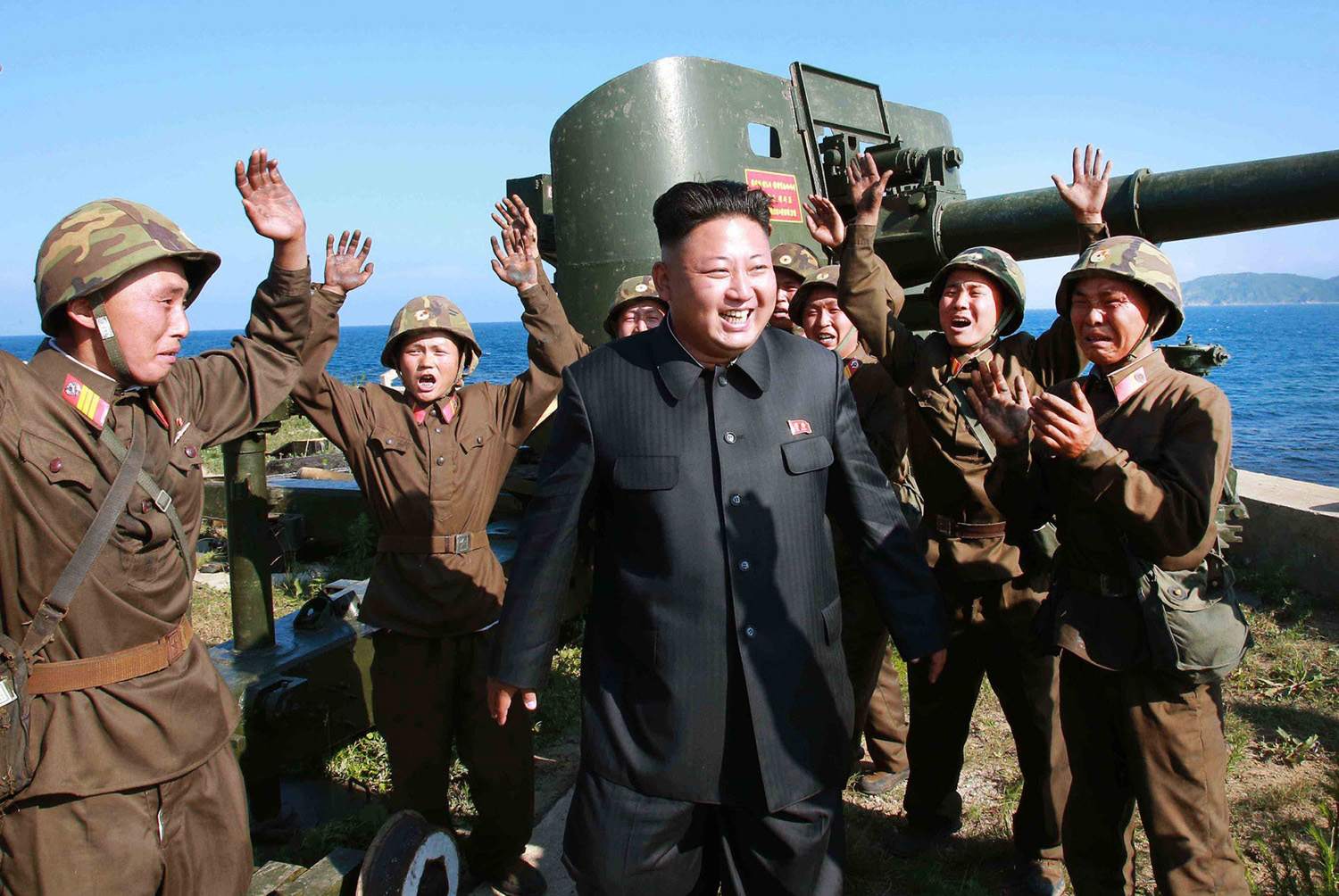
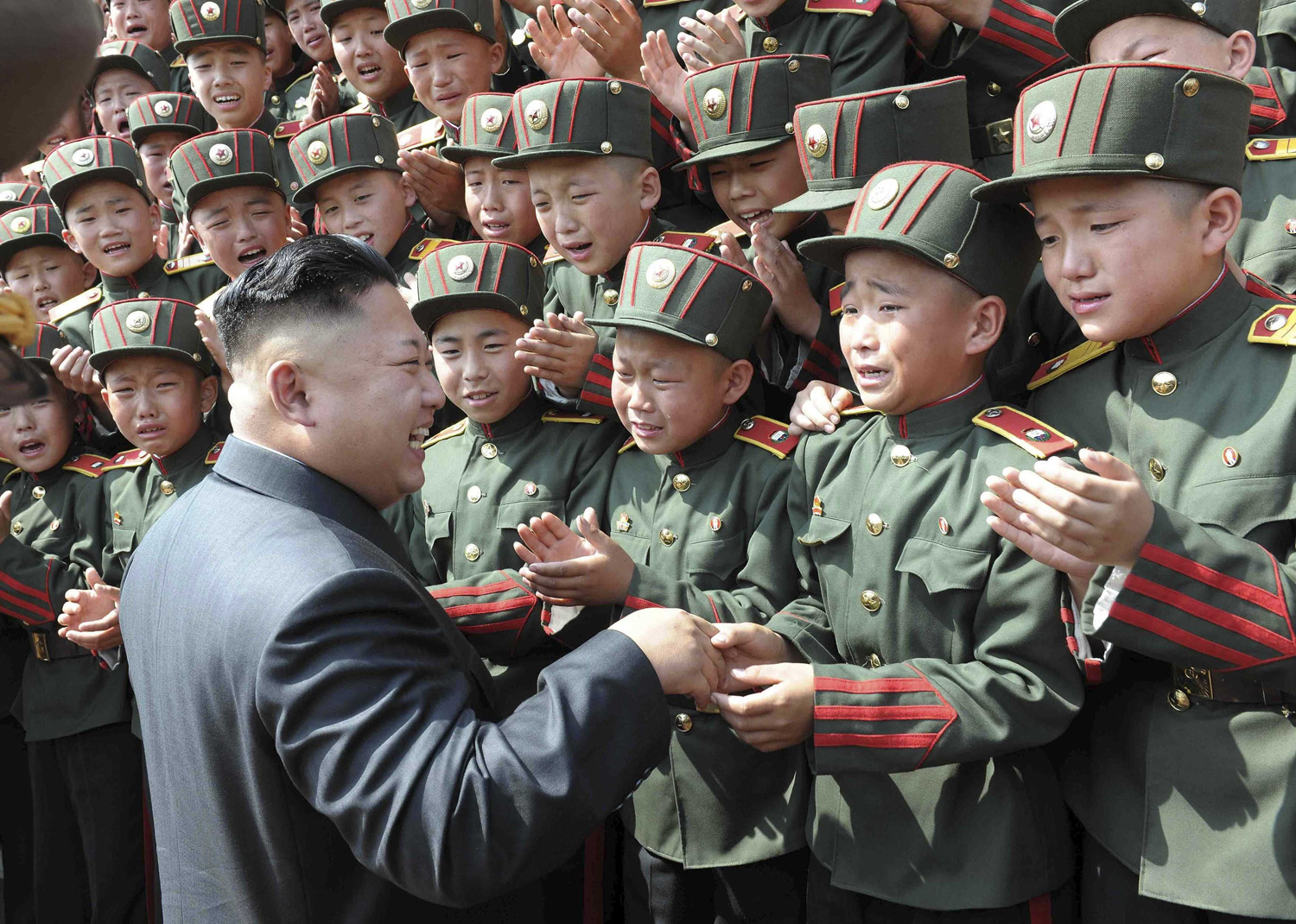
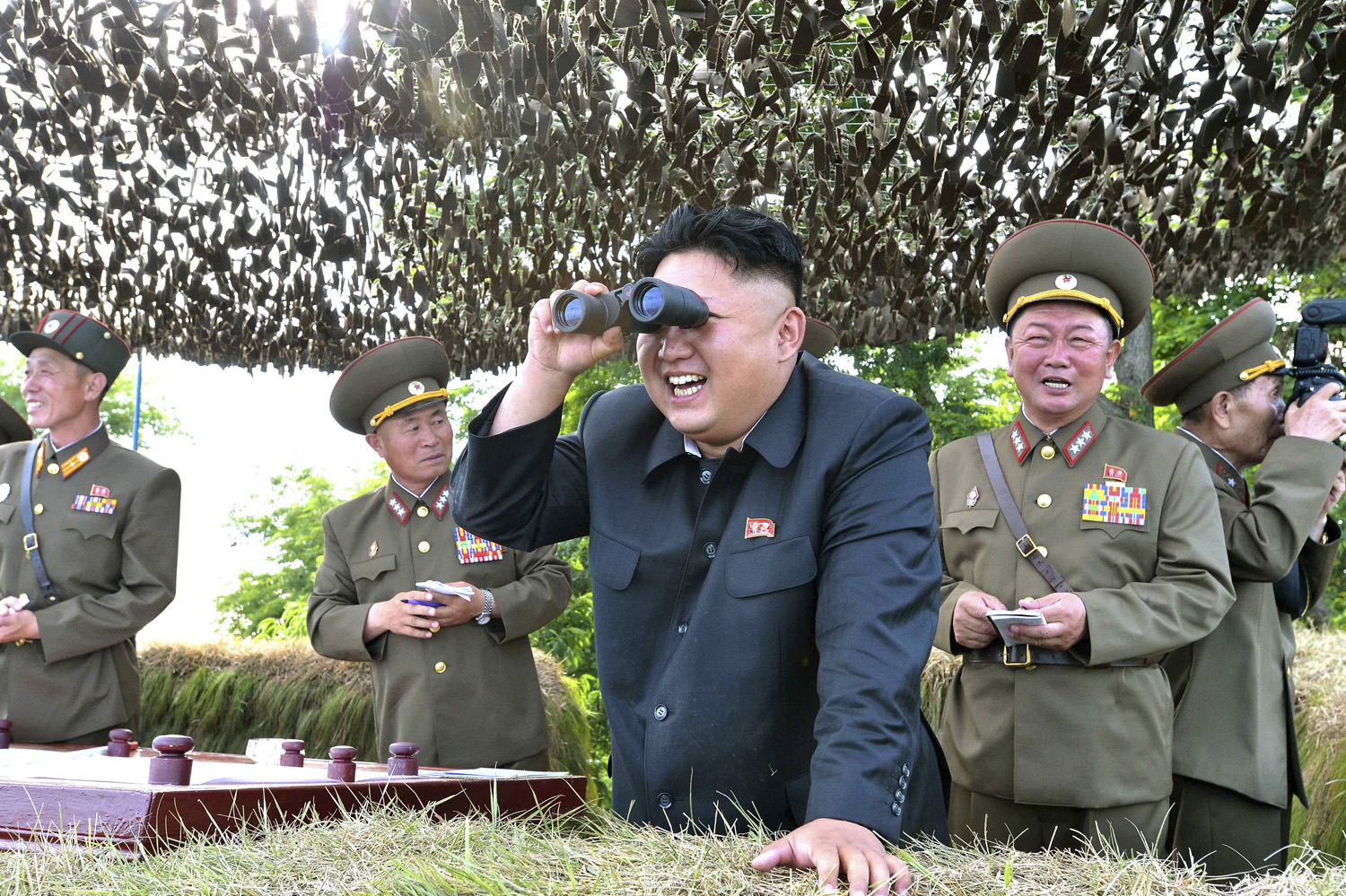
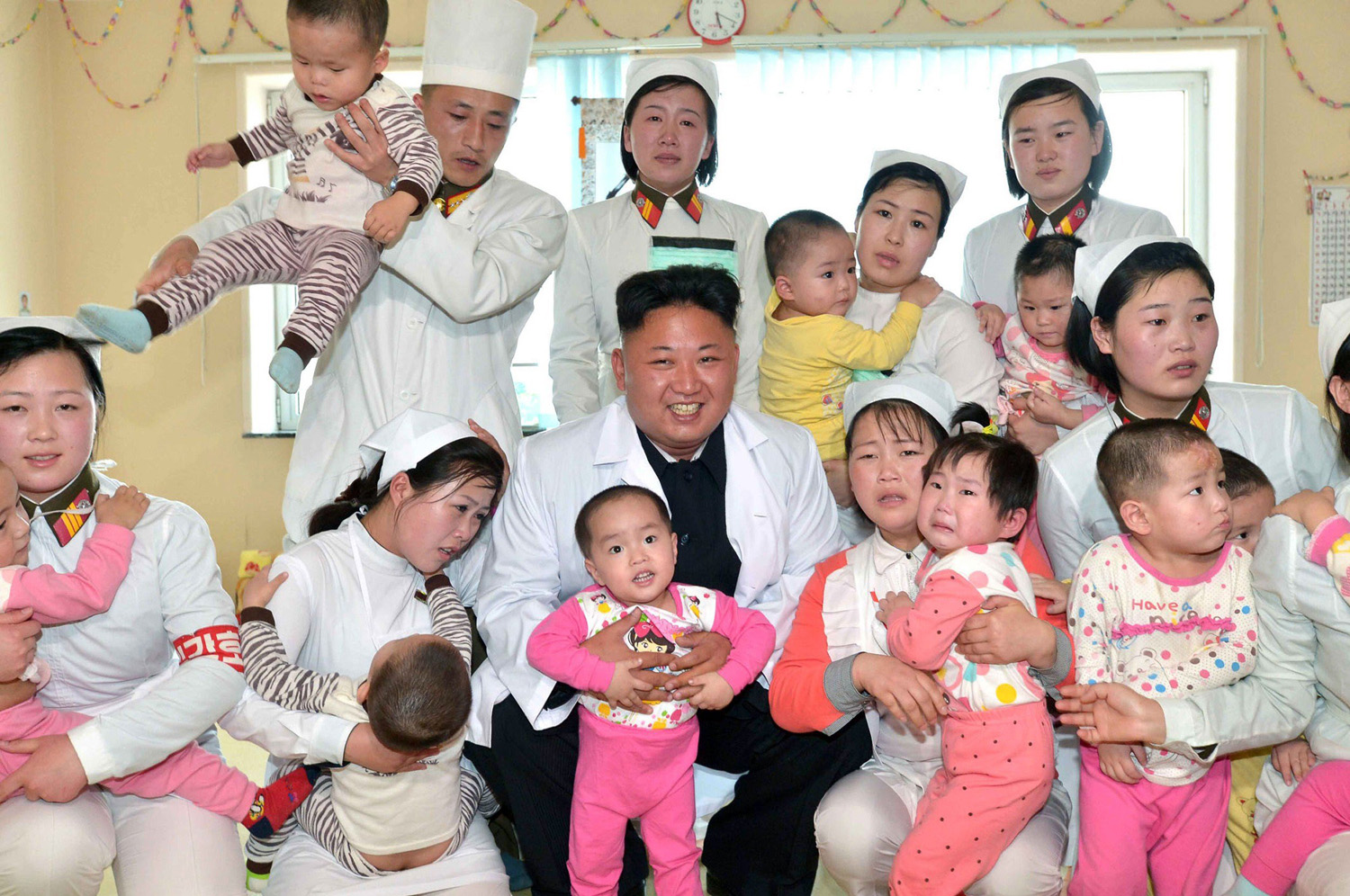
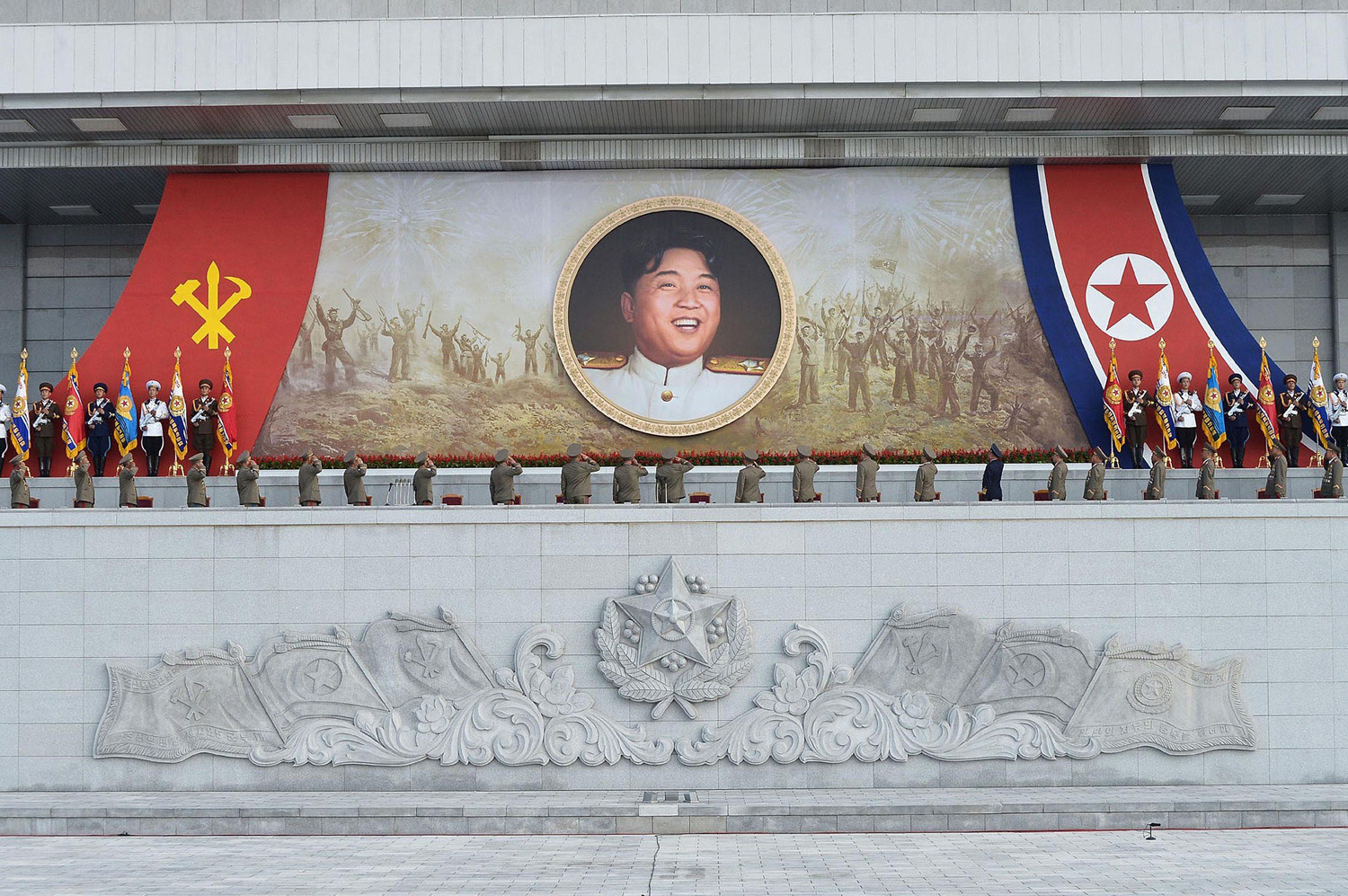

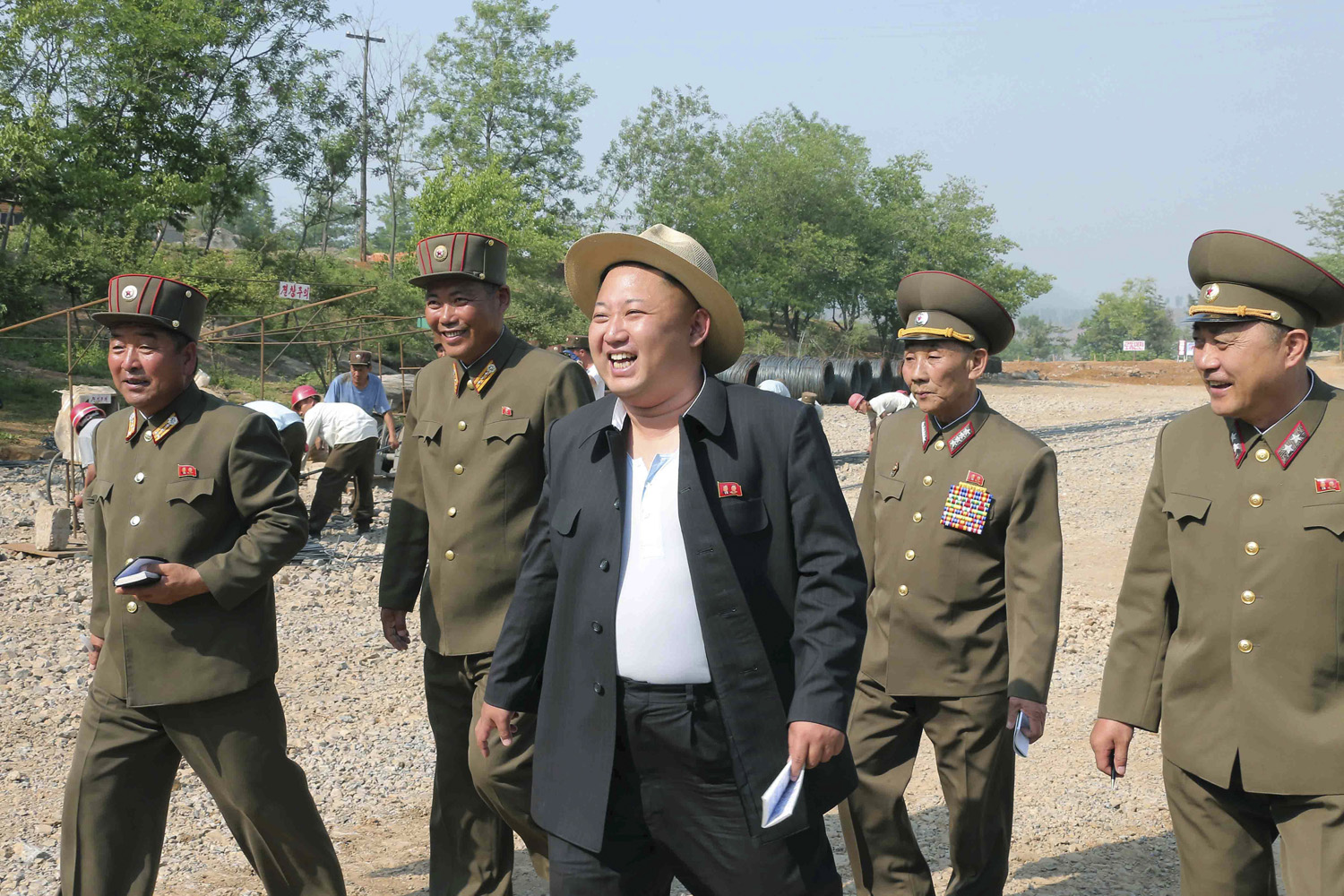

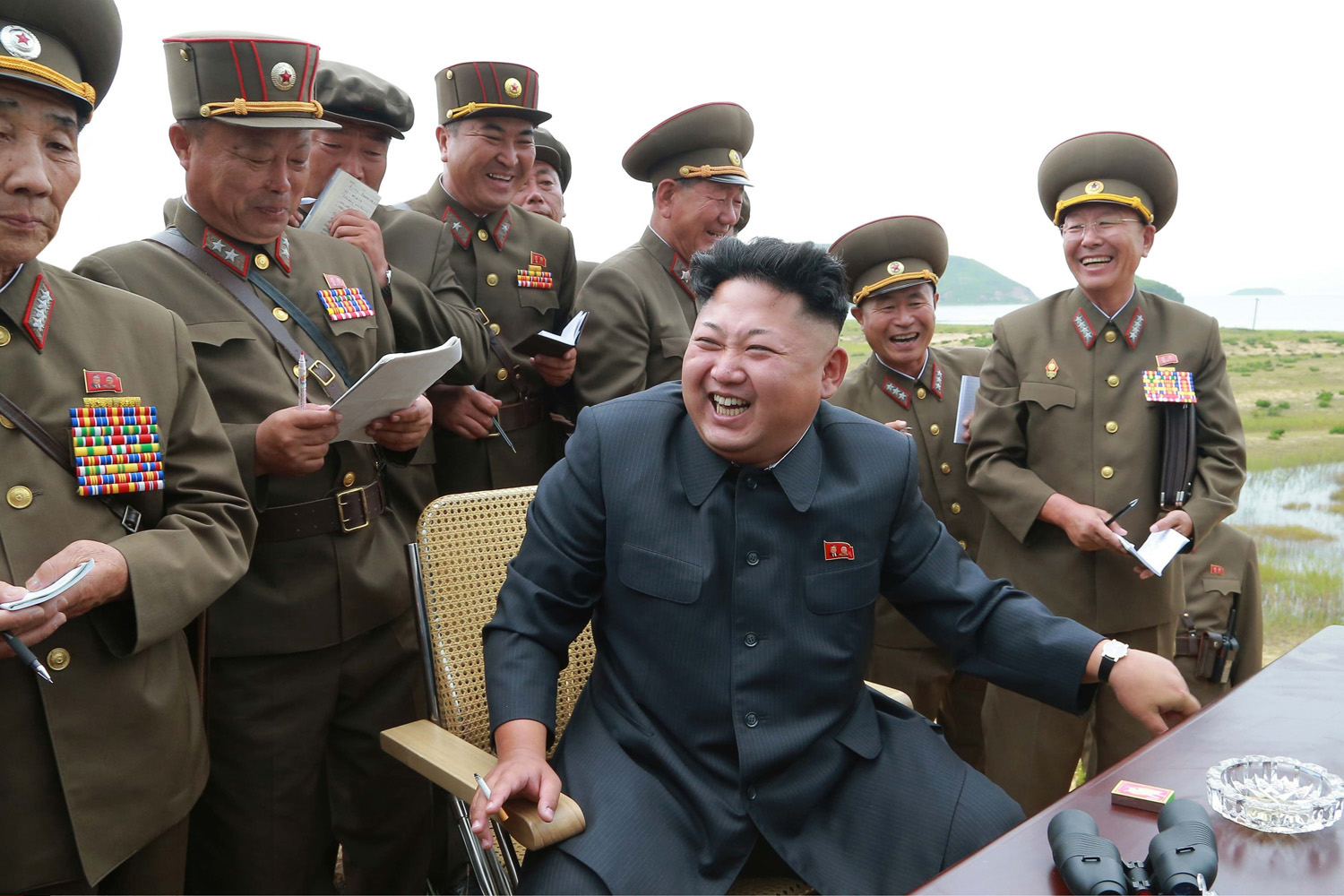
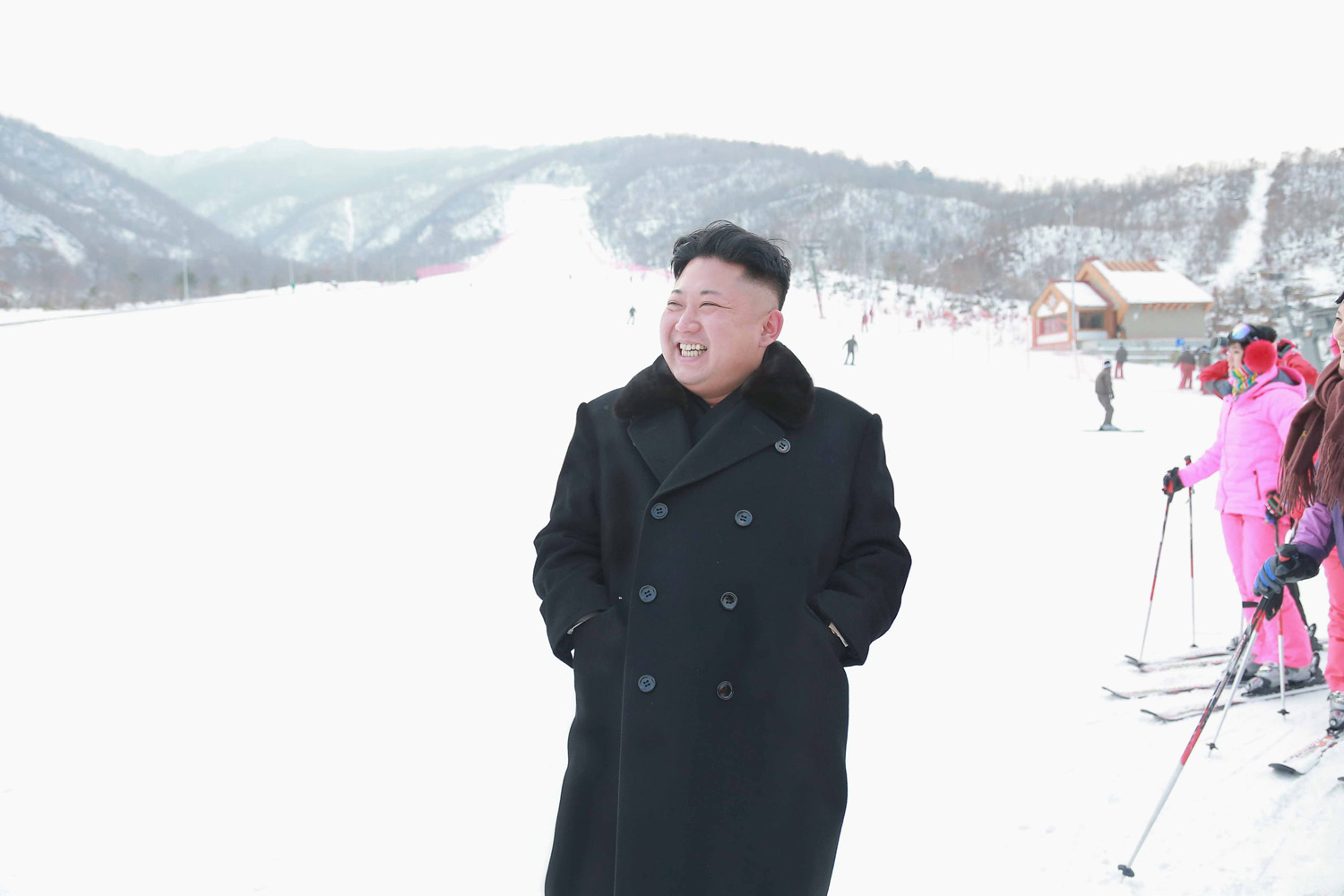

These establishments demonstrate that Chinese sanctions against Pyongyang are hardly being employed to their fullest extent. It’s not just all these North Korean workers, bringing home their Chinese-made flatscreen televisions and DVD players. More crucially, oil still flows freely. Beijing has yet to suspend the half-a-million tons of crude oil that flows each year through the pipeline located near Dandong.
For Hyeonseo Lee, a North Korean defector who wrote a book about living secretly in China for 10 years, the sanctions should be ramped up. “The regime provides nothing to ordinary citizens,” she says. “So the sanctions only affect the regime and those earning foreign currency for the regime.” Others on the left of the political spectrum in South Korea prefer engagement. “We need more cultural, arts and sports exchanges that mutually benefit both North and South Korea,” Seoul Mayor Park Won-soon, tipped to run for the South Korean presidency next year, tells TIME. “If we can accumulate these exchanges then peace will take root and reunification may be possible.”
No amount of carrot or stick is likely to stop the regime’s pursuit of nuclear weapons, however. Missile tests have continued despite the latest sanctions, including a particularly worrisome attempted launch from a submarine. According to Pinkston, North Korea sees nuclear capability as a “necessary condition for economic development and prosperity.” For Kim Jong Un, an atomic bomb is a trump card, securing his family’s legacy while forcing the global community to treat Pyongyang extremely seriously. “They think it brings respect and prestige,” says Pinkston.
Ominously for the pro-sanctions lobby, more fissures loom. There have been protests in South Korea against THAAD. Japan, another country threatened by North Korea, has yet to approve adopting the system. And Washington has launched sanctions against Kim Jong Un specifically for human-rights abuses, further irking Beijing. North Korea policy, too, has to compete with myriad other geopolitical challenges. “There’s a deadly thicket of issues other than THAAD,” says Adam Cathcart, an East Asia expert at Britain’s Leeds University.
In the meantime, the Chinese traders of Dandong, like Wu, try to hold their own. She says her business has halved since the sanctions, and is even jealous of the underfed souls on the other side of the border. “North Korean people live a more comfortable life than the Chinese, as they live in their own world without knowing the outside,” she says, diamond earrings gleaming. “Their life is like a frog living in a well, only seeing the sky above.”
—With reporting by Zhang Chi / Dandong
More Must-Reads from TIME
- Why Trump’s Message Worked on Latino Men
- What Trump’s Win Could Mean for Housing
- The 100 Must-Read Books of 2024
- Sleep Doctors Share the 1 Tip That’s Changed Their Lives
- Column: Let’s Bring Back Romance
- What It’s Like to Have Long COVID As a Kid
- FX’s Say Nothing Is the Must-Watch Political Thriller of 2024
- Merle Bombardieri Is Helping People Make the Baby Decision
Write to Charlie Campbell / Dandong and Seoul at charlie.campbell@time.com